DjangoBooks.com
Welcome to our Community!
Categories
- 20K All Categories
- 1.1K General
- 477 Welcome
- 59 Archtop Eddy's Corner
- 146 CD, DVD, and Concert Reviews
- 385 FAQ
- 26 Gypsy Jazz Italia
- 27 Photos
- 202 Gypsy Picking
- 21 Unaccompanied Django
- 15 Pearl Django Play-Along Vol.1
- 17 Gypsy Fire
- 45 Gypsy Rhythm
- 1.4K Gypsy Jazz University - Get Educated
- 131 Gypsy Jazz 101
- 227 Repertoire
- 219 History
- 708 Technique
- 51 Licks and Patterns
- 6 Daniel Givone Manouche Guitare Method Users Group
- 20 Eddie Lang Club
- 1.3K Gypsy Jazz Gear
- 802 Guitars, Strings, Picks, Amps, Pickups and Other Accessories
- 460 Classifieds
- 49 Recording
- 62 Other Instruments
- 18 Violin
- 5 Mandolin
- 22 Accordion
- 7 Bass
- 10 Woodwinds
- 348 Gypsy Jazz Events
- 143 North America
- 110 Europe
- 95 International
In this Discussion
old article about bireli
Here's an article from 1983 by jazz critic Gary Giddens about a young Bireli, in Vanity Fair of all places. I remember reading it back then, though I certainly wouldn't have been reading Vanity Fair back in those days anywhere except maybe a lawyer's office.
Giddens gives Bireli a pretty fair shake, I'd say. It caused me to go out and try to find Routes to Django, though I never heard it until 1993.
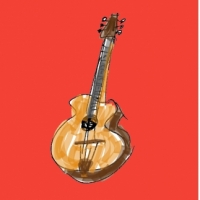

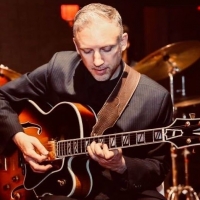









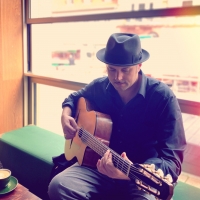



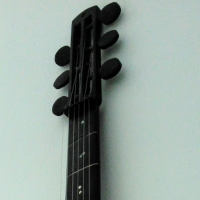
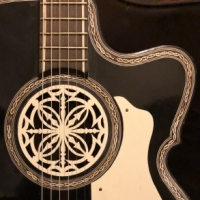










Comments
Scot this is great, thanks for sharing. Wonder what Giddens would write about Bireli today!
Love this quote, spot on:
"Lagrene’s great accomplishment is that instead of playing Django, he uses Django to unlock his own voice and to demonstrate the freshness with which the swing style can still speak to us".
Why is everyone focused on selmacs having had an internal chamber. And overlooking that they aren't in the guitars being played used in the articles.
"He plays more notes than Django, favoring breathlessly long figures". Nice nugget. 😂
harsh
"Lagrene’s playing suggests a speed demon’s fury, unlike the more deliberate kind of violence one hears in Django; it also shows up his limitations as a melodist. Lagrene is not as comfortable at ballad tempos as he is at high velocity."
Wow that quote is lame. Person doesn't know WTF they are talking about???
Well, two things. Bireli was about 16 years old when this was written and was still basically a child prodigy, not a mature melodist or improvisor. Read the whole article, Giddens was a staff writer for Downbeat and wasn't at all hostile to Bireli. In 1983, almost no one outside Paris played like Django, and those who did, like Diz Disley, were not in Bireli's league. The whole style of music was still mysterious in the USA - nobody outside of a few record collectors like John Bajo knew much about it. In the USA, the only band I know about who played Django-style music in the 80s was the Rhythm Brothers, Jorgenson et al. I've never heard a recording of that band, don't know what they sounded like. I did not post this as a knock on Bireli, who as a guitarist has no peers, just a look at how things were, how the jazz world saw this music in 1983.
Likewise, in 1983, outside Paris few people knew anything about Selmer guitars. In 1983, I'd been to Gruhn, Mando Bros and other big vintage guitar dealers and had never seen a Selmer. I never actually saw a real Selmer style guitar until 1993 and it wasn't for a lack of trying. All I knew was what I'd read in a good book from the UK called "Guitars: Rock to Renaissance". Occasionally Gruhn had a Favino (probably Wurlitzer Favinos) or a Klaus Rotor, I remember seeing exactly one Selmer for sale in the Mando Bros monthly list for $2800. In 1983, those guitars were as mysterious as the music.
This is the history forum and context counts.
It's amazing how far this music has come in since 1983, especially since the advent of YouTube.
That isn't harsh at all. Tee author is being very fair. Pointing out positives and negatives. I think more harsh was when he describes bireli getting lost in a tune, but him having wonderful ears hides it well. Or even he described his nylon string playing out of tune.
But describing a 16 old as musically immature, seems fair. And it's ok to be better at a certain style or tempo.
I would wonder if bireli would agree with the 40 year old article.
Good point!
I never heard "violence" being used as an adjective to describe Django's playing.